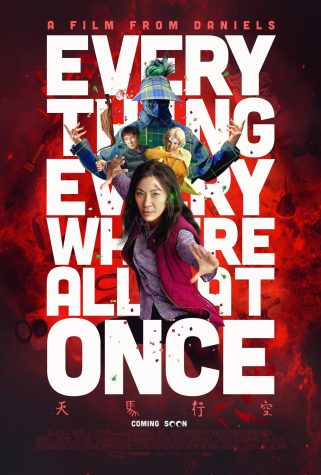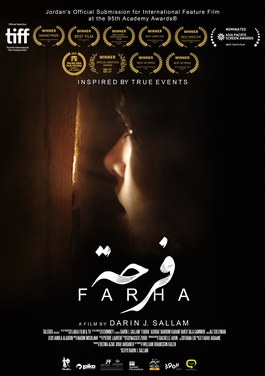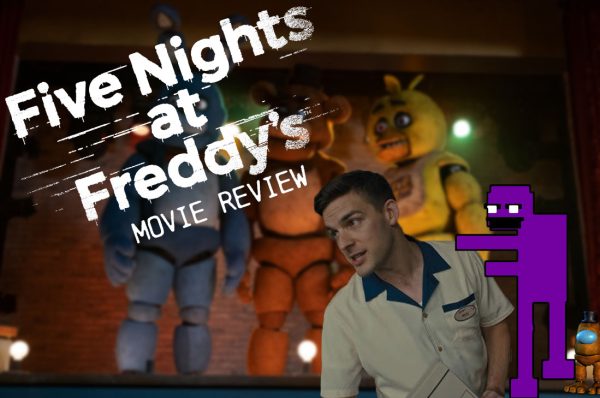“Knights of Sidonia”: Slow, unadorned and yet a surprisingly pleasing experience
“Knights of Sidonia” lacks the big flashy characters that are the core and often the most memorable part of many other shows. In no way does the lack of showy characters degrade the story, in fact, I found it to be a refreshing change.
KoS does what few other shows do in Japanese anime, the characters stay grounded and don’t begin to overwhelm everything around them. This allows the other primary characters, including supporting and secondary characters, in the show to work off of each other in terms of their struggle to achieve their overall objective regardless of what it is.
Something else to note, is the lack of any grand plans of world conquest or hero’s trying to protect the world from said villain, rather the story focuses on it characters development as the world around them changes.
And the world which the “Knights of Sidonia” takes place in?
It’s a spaceship traveling through space by the name of Sidonia. One of dozens of ships created from the remains of Earth. These ships carry the last of humanity fleeing from the alien race known as the Gauna who are responsible for it in the past.
It’s within this backdrop that we meet the characters of the series and began to learn about the Sidonia and its people. We learn slowly over the course of the series, about the Sidonia and the people with each episode revealing more and more about the Sidonia history and humanity enemy the Gauna.
As mentioned before above, it is within these confines the series takes place and it’s refreshing as it places hard limits on the world and reminds the audiences what is at stake. The show does an excellent job of mixing the hard and soft science fiction elements to reinforce the world’s limits.
A perfect example of this would be the combat range of the Sidonia military, Guardians units, which the show uses very effectively to illustrate the limitations which the human technology is and thus allowing a sense of drama to develop when it comes down to combat between the Sildonia and the Gauna.
The limits are also prevalent among the civilians, where the technology and events of the past has clearly had an impact on the shape of the present human society we see in the show. This serves to effectively get the audience to think and consider the issues brought up by these technologies, in additional to, the plot itself still developing on screen with each episode.
Sadly this is weakened by the fact that anyone familiar with Tsutomu Nihei works such as “Blame!,” “NOiSE,” “Biomega,” and “Abara” will be far less surprised when these unmentioned details are finally revealed later in the series towards the end of the first season.
But this aside, “Knights of Sidonia” is a great series to watch and I would recommend it to anyone who has read or is currently reading the manga.












